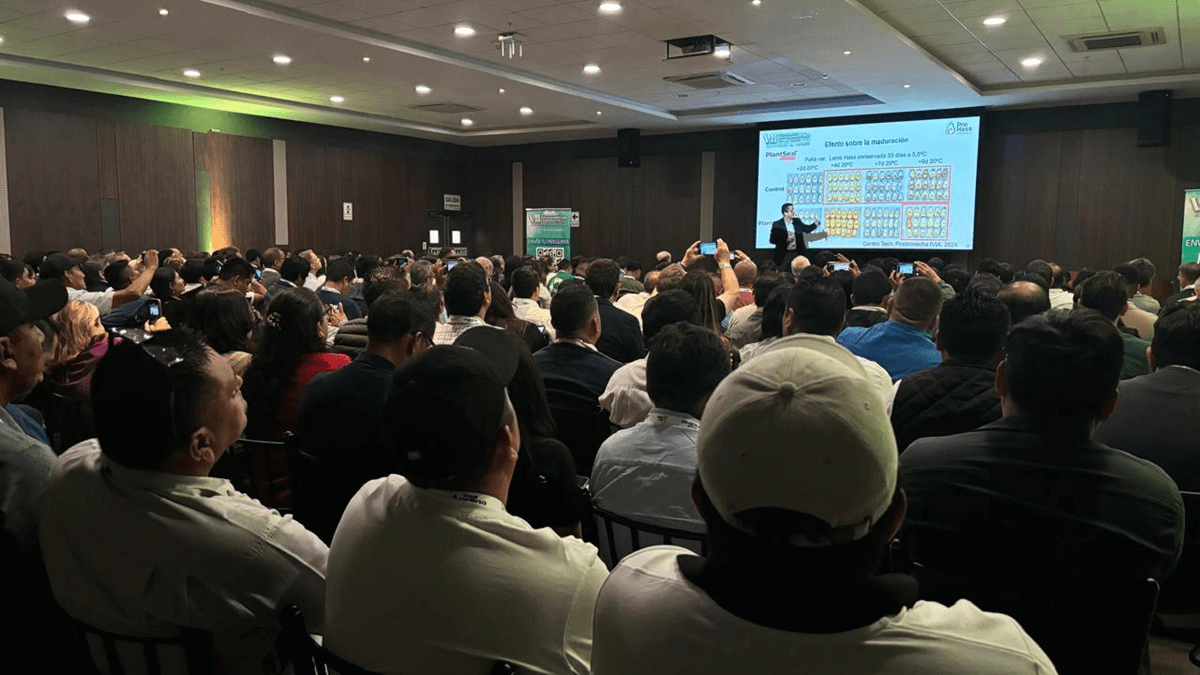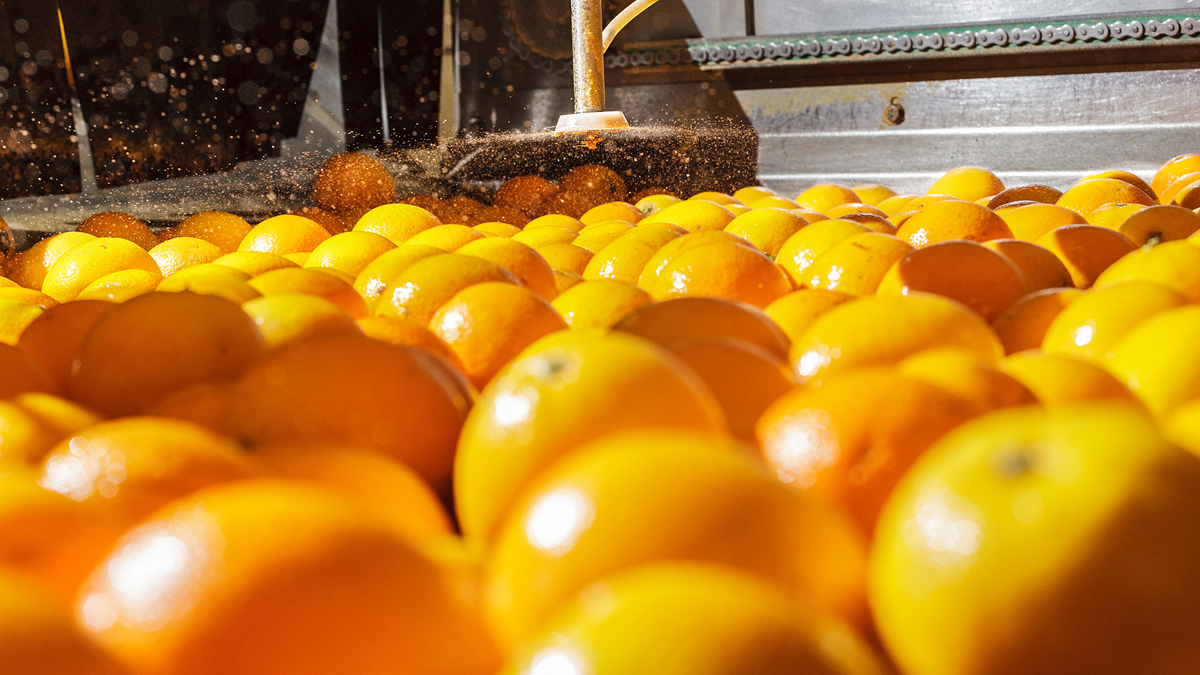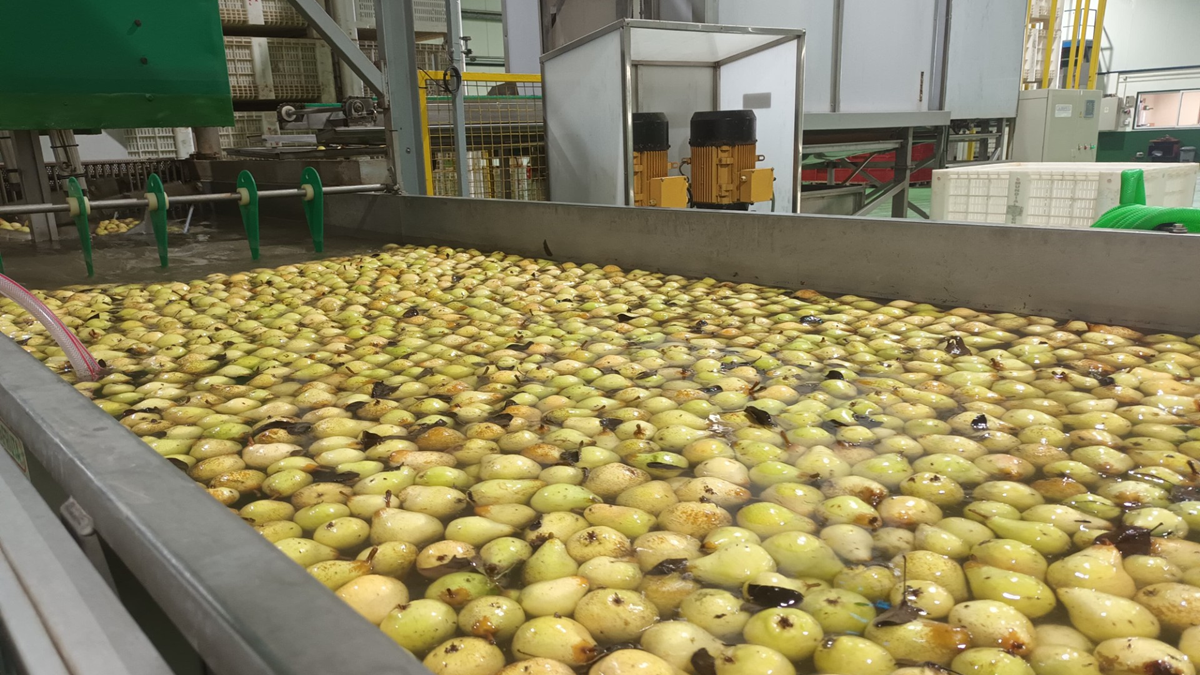Phytosanitaries
Peracetic acid (PAA), a reliable alternative to chlorine disinfection strategies
This study was conducted to compare the efficacy of two sanitizing agents, chlorine and peracetic acid (PAA), in reducing spoilage and pathogenic microorganisms and disinfection by-products in the washing stage of three types of minimally processed vegetables: iceberg lettuce, carrots, and baby leaves. These fresh-cut products are consumed uncooked; thus, proper sanitation is essential in preventing foodborne illness outbreaks. The comparison was done at industrial scale with equipment already used in the fresh-cut industry and with washers designed and manufactured for this purpose. Results showed that for washing water hygiene and final product microbial quality, the use of PAA or chlorine had
12 May, 2023
This study was conducted to compare the efficacy of two sanitizing agents, chlorine and peracetic acid (PAA), in reducing spoilage and pathogenic microorganisms and disinfection by-products in the washing stage of three types of minimally processed vegetables: iceberg lettuce, carrots, and baby leaves. These fresh-cut products are consumed uncooked; thus, proper sanitation is essential in preventing foodborne illness outbreaks. The comparison was done at industrial scale with equipment already used in the fresh-cut industry and with washers designed and manufactured for this purpose. Results showed that for washing water hygiene and final product microbial quality, the use of PAA or chlorine had similar efficacy. Different scenarios combining PAA, chlorine, and water were tested, simulating the current industrial processes for each of the tested vegetables. Overall, results confirmed that the use of a sanitizer, PAA or chlorine, in the washing water is effective for the prevention of cross-contamination during the washing process and hence for produce food safety. For final product microbiological quality and shelf life, the use of chlorine or PAA showed no significant differences in lettuce or baby leaves. Chlorinated disinfection by-products in processing water were not formed in significant amounts when washing water was treated with PAA in all scenarios and for all tested vegetables, whereas washing with chlorine (80 mg/L) generated important amounts of trihalomethanes, chlorates, and chlorites. Although chlorates and chlorites were always below the recommended levels or legal limits established for drinking water, trihalomethanes exceeded the legal limits. For perchlorates, values were below the quantification limit in all scenarios. Our results show that PAA is a reliable alternative to chlorine disinfection strategies in the fresh-cut industry. Highlights- PAA is an alternative for replacing chlorinated disinfectants in fresh-cut vegetables.- PAA and chlorine have similar antimicrobial effect in industrial vegetable washings.- PAA treatment generates much less DBPs in washing water than chlorine treatment.- In contrast to chlorine, organic load does not affect PAA effectiveness.- At industrial scale, a second washing step must have an effective sanitizer concentration. SourceComparison of Peracetic Acid and Chlorine Effectiveness during Fresh-Cut Vegetable Processing at Industrial ScaleE. Petri 1, R. Virto 1, M. Mottura 2 & J. Parra 21 Centro Nacional de Tecnología y Seguridad Alimentaria (CNTA)2 Productos Citrosol S.A.Journal of Food Protection, Vol. 84, No. 9, 2021, Pages 15921602https://doi.org/10.4315/JFP-20-44












